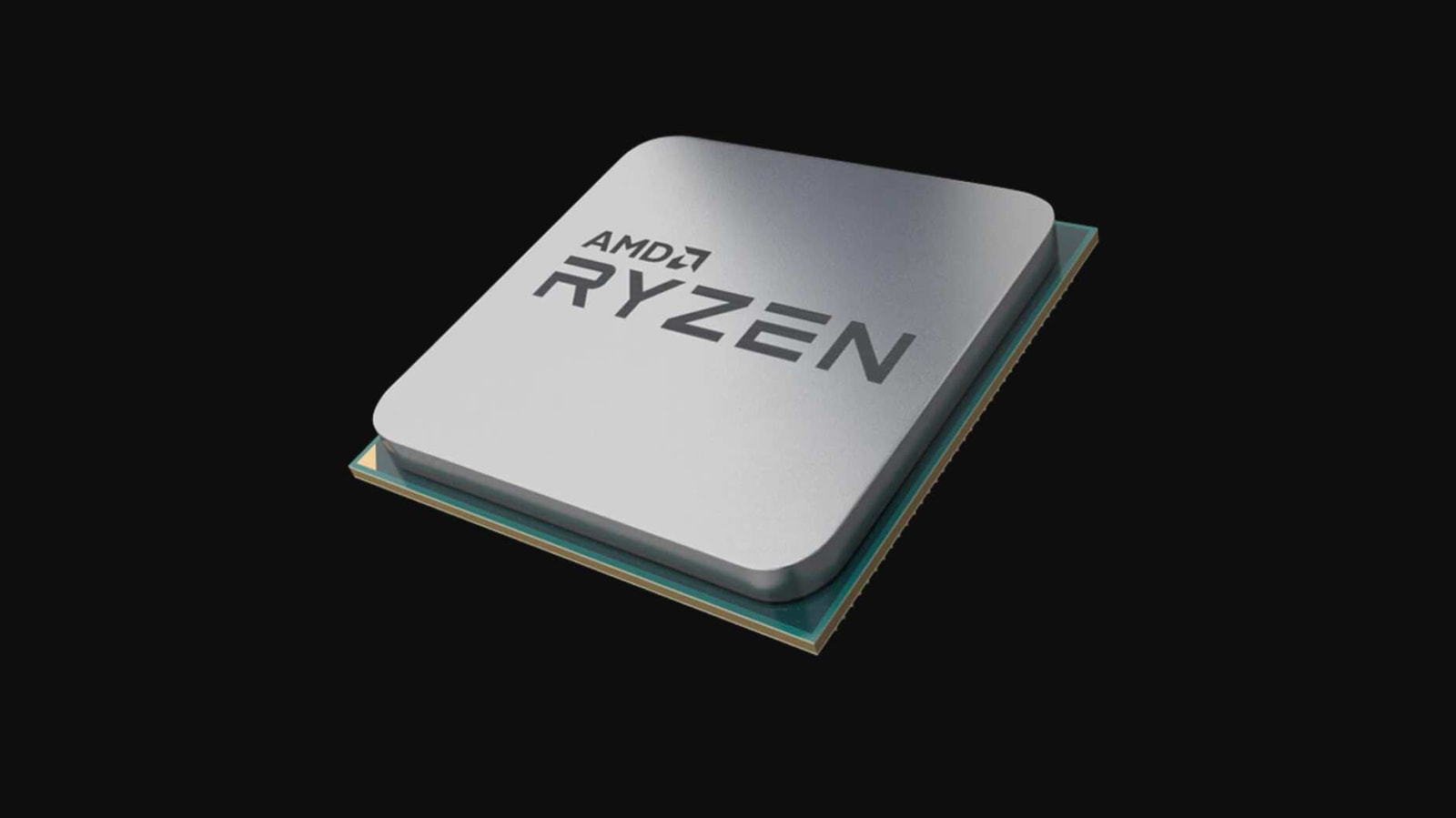AMD tries to avoid past debt-ridden deal mistakes in Xilinx bid
Much of Lisa Su’s success as chief executive officer of Advanced Micro Devices Inc. has come from avoiding predecessors’ mistakes. Stretching to make a multibillion-dollar acquisition is the latest chapter she must now rip from the chipmaker’s troubled history.

AMD is in talks to acquire Xilinx Inc. in a deal that could be valued at as much as $30 billion. That would be AMD's largest purchase ever, by a wide margin, and conjures memories of a similarly audacious transaction from 2006 that left the company mired in debt and flirting with bankruptcy.
Wall Street is betting Su can pull off the latest deal. That's a testament to the confidence investors and customers have in her ability to deliver quality products on time and her success in slashing debt. AMD shares slipped 3.9% on Friday, a relative thumbs-up given the company's checkered deal history. That leaves the shares up more than 2,000% since Su was appointed CEO in late 2014.
“The deal would make sense, particularly if they were to use stock, which is likely the only way a deal could get done,” said Chris Caso, an analyst at Raymond James & Associates. “We think investors would see this as using their recently valuable stock currency to buy what's generally considered to be Xilinx's stable, recurring cash flow.”
AMD has come a long way since 2006, when it bought graphics chipmaker ATI Technologies for more than $5 billion. At the time, AMD was on a roll. It was taking market share from Intel Corp. with products widely regarded as better and cheaper. Its stock was on a tear and revenue was growing rapidly.
ALSO READ: Intel releases 11th-gen ‘Tiger Lake' laptop processors to confront Apple, rising rivals like AMD
But under Su's predecessor Hector Ruiz, AMD had a factory network that required billions of dollars a year in investment to keep up with Intel. Problems with a chip design delayed new product launches and the company gave back market share. That led to a downward spiral in revenue and profit, making it increasingly difficulty to repay the debt incurred from the ATI deal. When Su took over in 2014, AMD's stock was trading around $2, and analysts wondered whether AMD could survive.
Now AMD has shed its expensive factories and outsourced the work to Taiwan Semiconductor Manufacturing Co., which is has leapt ahead of Intel in production capabilities.
AMD's soaring stock price and low interest rates give it new ways to pay for a $30 billion transaction. While Caso and other equity analysts expect the company to use a lot of stock, others are less sure.
The large run-up in AMD shares may make Xilinx's management team and investors reluctant to sign off on a majority stock offer on concern there's not much upside left in the equity, according to Fitch Ratings analyst Jason Pompei. He thinks a purchase will have to be comprised of mainly cash funded by debt.
Striking the right balance will be crucial. Raising $10 billion in debt is the absolute maximum AMD should consider, with less being the preferred option, according to Bloomberg Intelligence analyst Anand Srinivasan.“The bond market is falling over itself to lend money. This is the time to do it,” he said. But “AMD has made debt reduction a core part of its strategy.”
There's still a risk that Su is making another ATI-style mistake during a period of over-confidence about AMD. The company spent $1.7 billion, a fifth of revenue, on research and development last year, so any hiccups in Su's vaunted execution will be expensive. It takes hundreds of millions of dollars and years of work to develop microprocessors. Problems can take months to identify, let alone fix.
Part of Su's bet relies on what many in the chip industry argue are fundamental changes that have taken hold in the last decade. While manufacturing costs have been mostly outsourced, the sector has produced a series of specialized companies with fewer rivals. This has increased cash flow and made it easier to absorb and repay debt.
Xilinx is one of these specialists. It makes chips called field programmable gate arrays that are increasingly used in large cloud data centers. The only other major FPGA player is Intel, which acquired the other provider in this field, Altera Corp., in 2015.
AMD's target is highly profitable. Xilinx has a gross margin, the percentage of sales remaining after deducting costs, of 67%. That's 20 percentage points more than AMD's margin. In its most recent quarter, Xilinx generated $230 million of free cash flow, $78 million more than AMD, which has twice the revenue.
The champion of this new view of the chip industry is Broadcom Corp. CEO Hock Tan. He's built one of the biggest companies in the sector through a string of debt-fueled acquisitions.
This is another risk lurking for Su: The deal makes so much sense that AMD won't be the only company interested in Xilinx.
“Xilinx is one of the last great acquirable assets in semis,” said Chris Rolland, an analyst at Susquehanna. “Other top potential bidders may include Qualcomm and Broadcom. Never count Hock out.”
By Ian King
Catch all the Latest Tech News, Mobile News, Laptop News, Gaming news, Wearables News , How To News, also keep up with us on Whatsapp channel,Twitter, Facebook, Google News, and Instagram. For our latest videos, subscribe to our YouTube channel.































